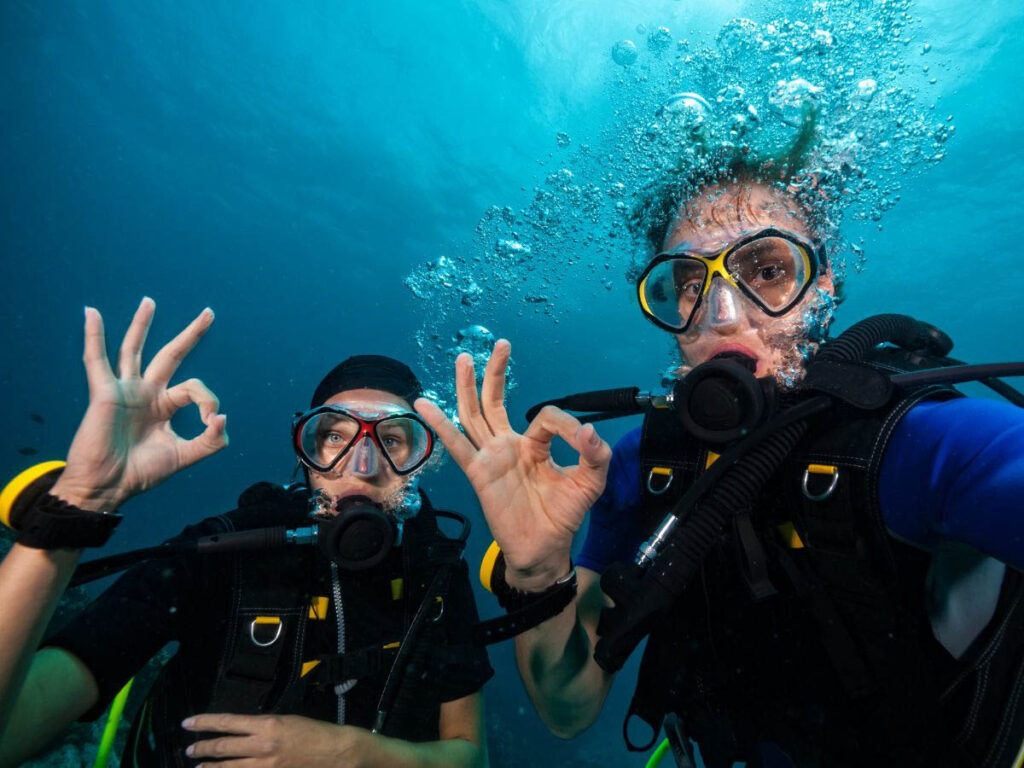A recent comment from an experienced dive professional captures a growing undercurrent in the dive industry:
“I strongly believe in maintaining ISO and RSTC standards, but from my experience, true quality control comes from the dive operations themselves rather than the agencies. I’ve seen firsthand—both from working within these agencies and diving with divers certified by various organizations—that the oversight from major certifiers is often lacking.”
This statement touches on a debate that has quietly persisted in diving circles for years: where does true quality assurance in diver training come from?
Not Just About the Logo
Most instructors are affiliated with one or more diver certification agencies, and in doing so, agree to uphold that agency’s standards, use approved materials, and follow outlined procedures. These agreements often include requirements like maintaining up-to-date insurance, first aid and oxygen training, and adherence to local laws.
But here’s the catch: while agencies define standards and issue certifications, they don’t control the daily operations of dive centers or professionals. In fact, most agreements clearly state that the agency is not responsible for the instructor’s actions or decisions during training.
This leaves a gap. The agency has set the rules—but is often far removed from where the rules are applied.
Agencies Aren’t Enforcers
Training organizations are not regulators. They don’t have legal authority or the global infrastructure to monitor every diver training course. And they probably shouldn’t. Dive education needs to be flexible and adaptable to local environments, legal frameworks, and conditions. What works in a tropical resort may not be appropriate in a cold-water inland quarry.
What’s more, national regulations often carry more weight. In places like the UK, for example, instructors and dive operations must also comply with national health and safety rules. These legal obligations often go further than agency recommendations.
Insurance as a Regulator
One overlooked but powerful form of quality control is professional liability insurance. Instructors must stay insured to work legally and confidently. But insurance companies can—and do—refuse to renew policies if an instructor fails to uphold industry standards or is found negligent.
This acts as a quiet but effective filter. No instructor wants to be in a position where they can’t get insured. It motivates professionals to keep their skills sharp, paperwork up to date, and their training thorough and consistent.
The Rise of Customer-Driven Standards
Perhaps the biggest game changer in recent years has been the influence of customers themselves. Social media, review platforms, and online forums give divers a voice—and a loud one at that.
A poor review can be devastating to a dive business. Photos or videos showing substandard safety practices or weak instruction can go viral. Dive operations now face scrutiny from a global audience—not just from their agency or local community.
On the flip side, divers who’ve had great training experiences often become loyal advocates, recommending instructors and centers to others. This grassroots-level quality control is immediate, public, and very real.
The New Power of Real-Time Feedback
Adding another layer to this shift is the rise of digital training platforms. Online learning now allows students to actively participate in their own skill development—not just by consuming theory at their own pace, but by confirming when they’ve mastered specific in-water skills.
Some modern systems now enable students to “sign off” on each skill as they complete it, providing real-time confirmation of competence and comfort. This creates a transparent, two-way accountability system between students and instructors where quality isn’t just measured after certification, but during the course itself.
Only a handful of agencies have adopted this kind of built-in quality control. One example is ISC, which allows students to confirm mastery of each training objective before the instructor can certify them. It’s a small innovation with big potential, putting power and responsibility directly into the student’s hands.
Rethinking the Agency Model
Rather than viewing agencies as enforcers, perhaps it’s time to shift the narrative. The best agencies support dive professionals with resources, educational tools, and a well-defined framework. But the responsibility for delivering safe, effective, and enjoyable training rests primarily with the professionals and service providers on the ground.
It’s these dive centers and instructors who ultimately shape a diver’s experience—not the logo on the certification card.
In Summary
Quality in diver education is not about which agency you use—it’s about how well the training is delivered. Standards matter. So do training materials and structured progression. But equally important is professionalism, communication, real-time feedback, and a commitment to continuous improvement.
In the modern dive industry, quality assurance is a shared responsibility: agencies provide structure, instructors deliver the training, insurers manage risk, and customers—now more informed than ever—have the final say.
With the evolution of digital tools and empowered learners, it’s clear: the future of dive training quality is happening above and below the surface—and it’s in all our hands.







